SPSS Lab Report: Analysis of Memory Experiment on Schema Theory
VerifiedAdded on 2020/06/06
|6
|893
|161
Report
AI Summary
This SPSS lab report presents an analysis of a memory experiment conducted to explore schema theory. The experiment involved 111 respondents and three conditions: surprise memory, forewarned memory, and copy. Participants were asked to draw a clock under different conditions, and their drawings were compared to the original image. The report includes the methods used, detailing the experimental phases and procedures. The results section presents the findings, including a crosstabulation and chi-square tests to assess the association between the conditions and the accuracy of the drawings. The interpretation of the results indicates a significant association between the conditions and the accuracy of responses, with the copy condition yielding the most accurate results. The discussion section supports the hypothesis and suggests potential applications of schema theory in other contexts, such as advertising and further experimental designs. The report concludes with a reference section listing relevant sources.
1 out of 6
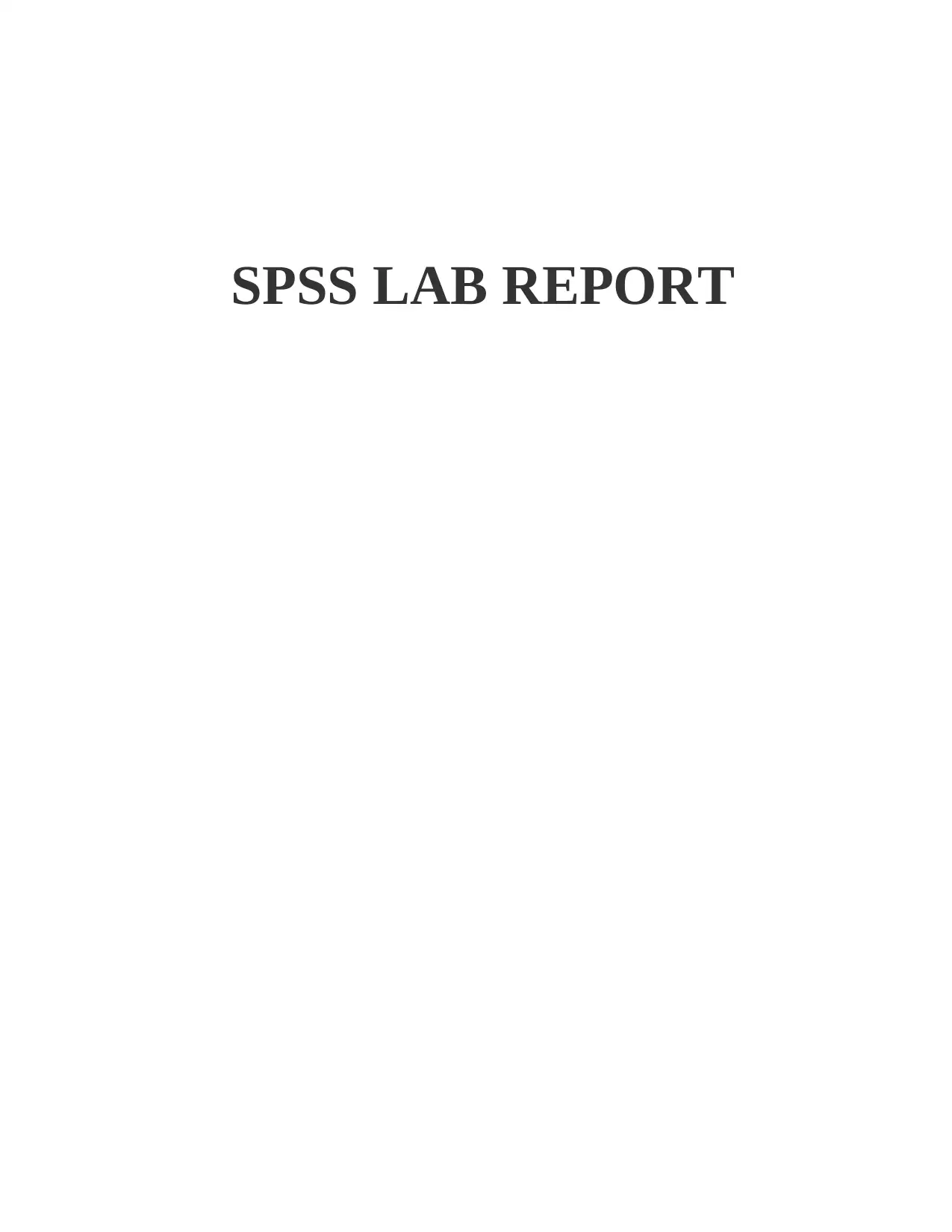
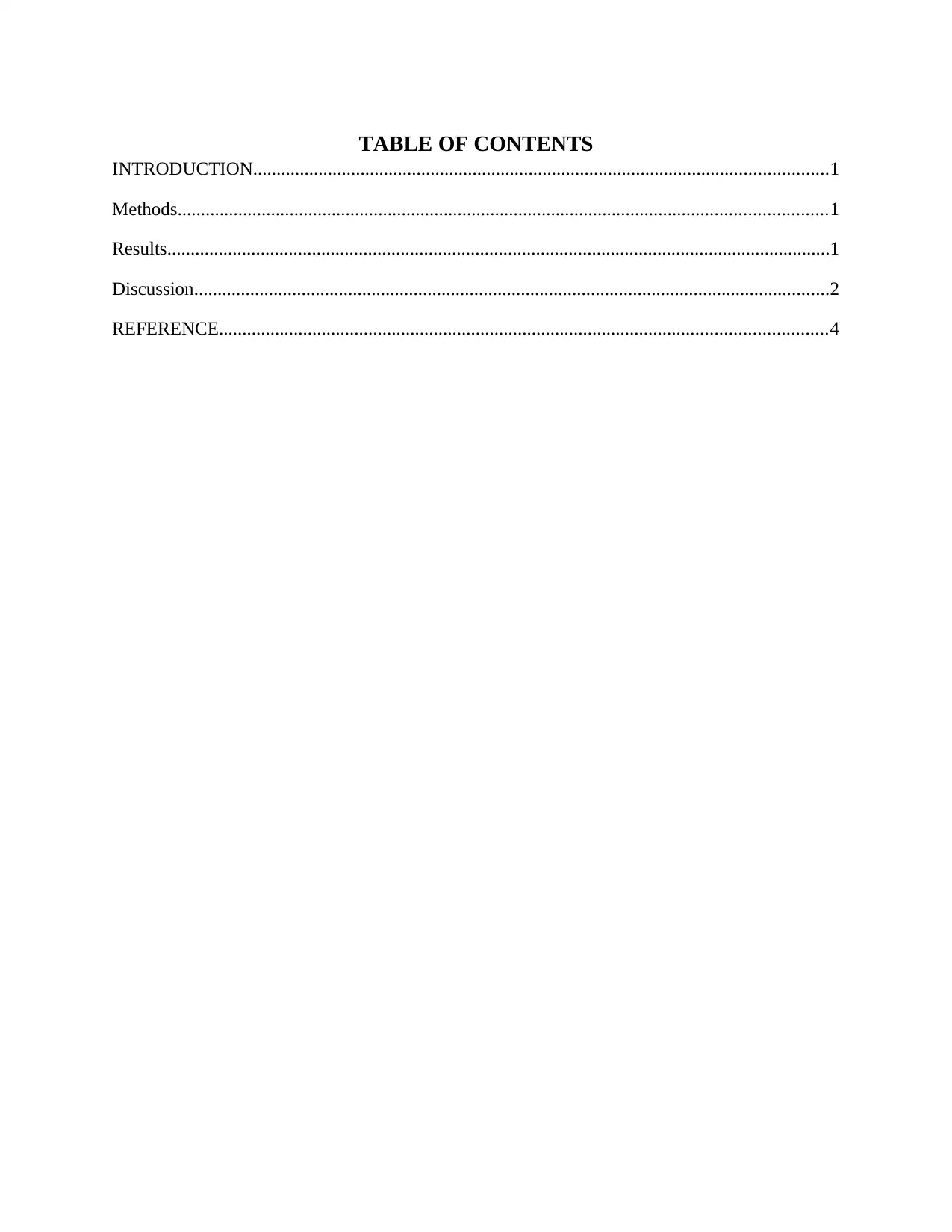
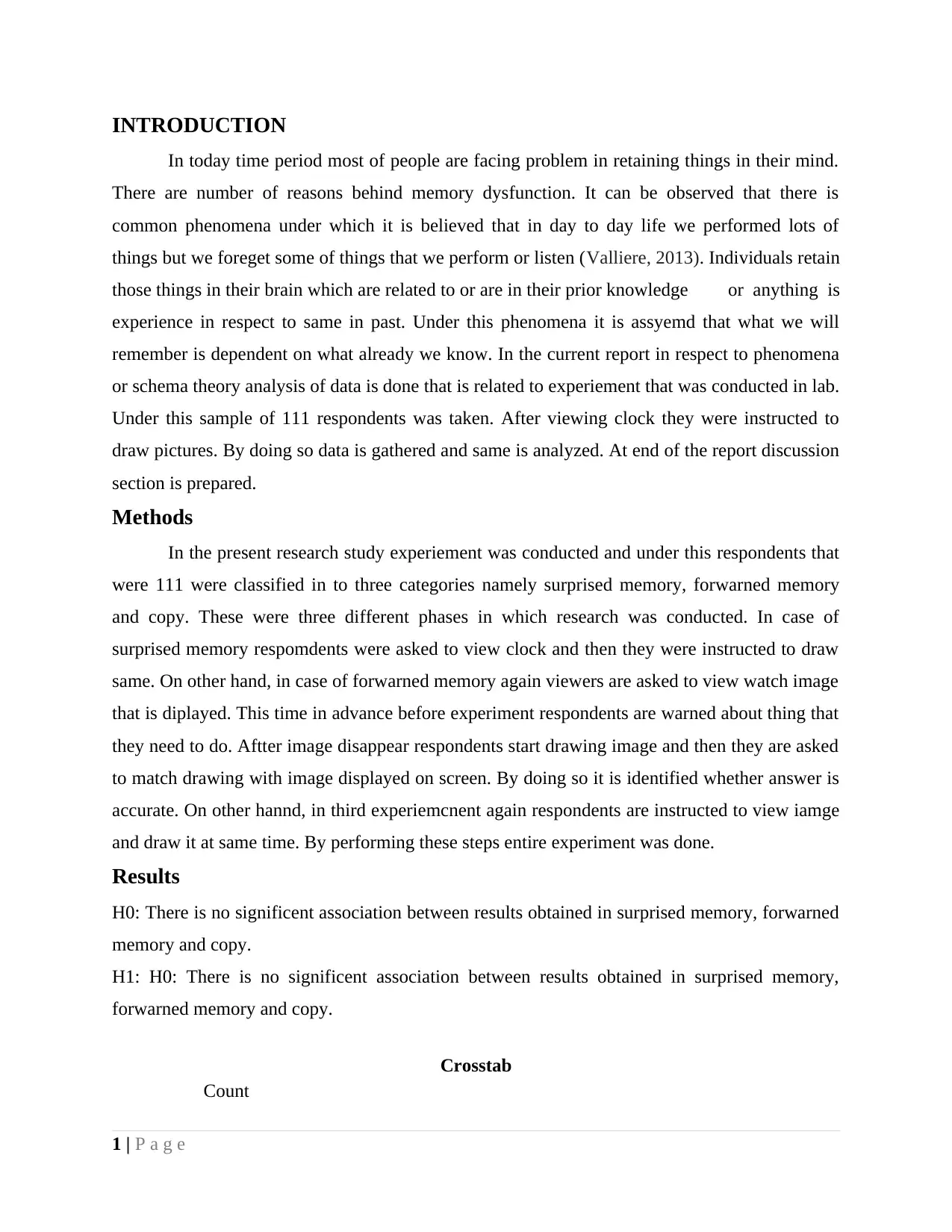

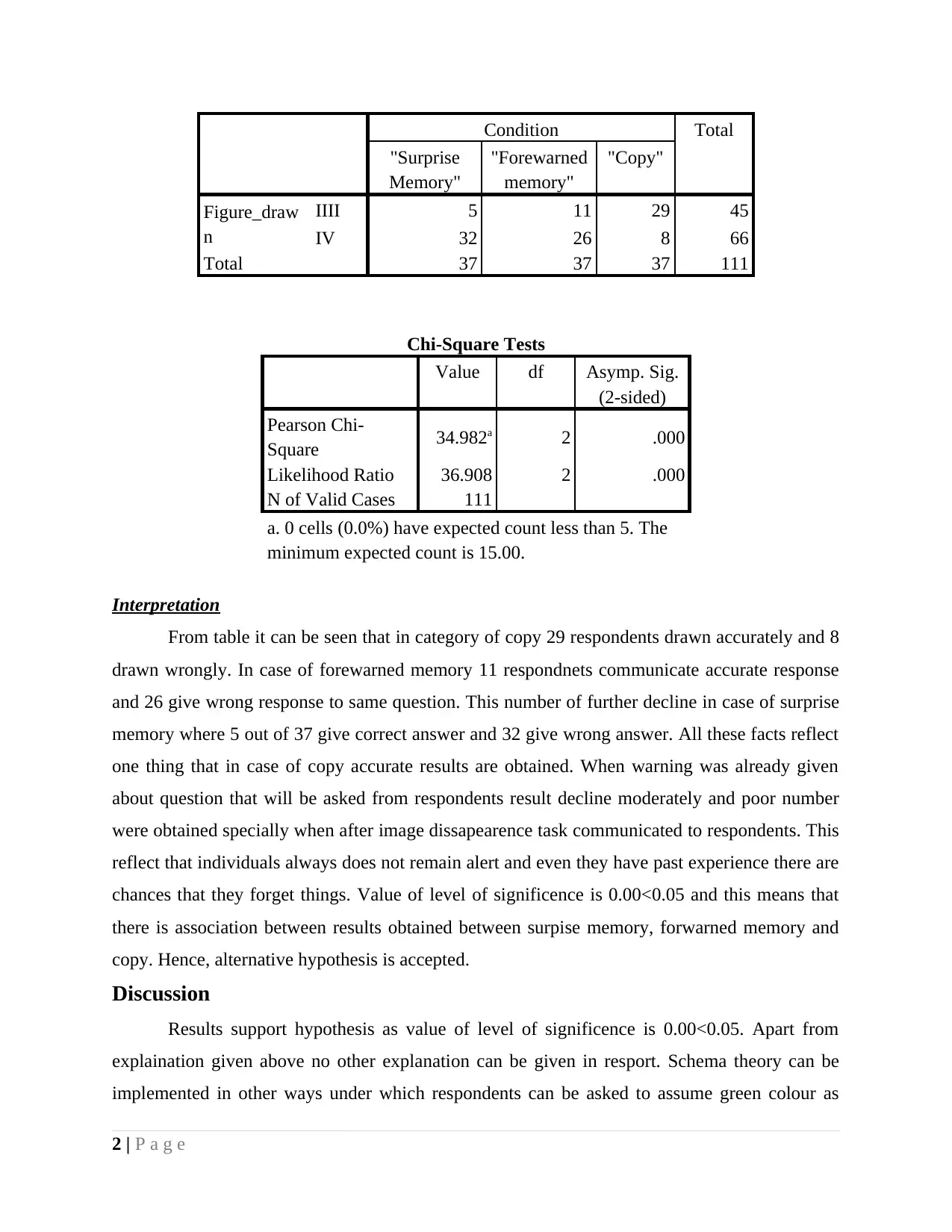
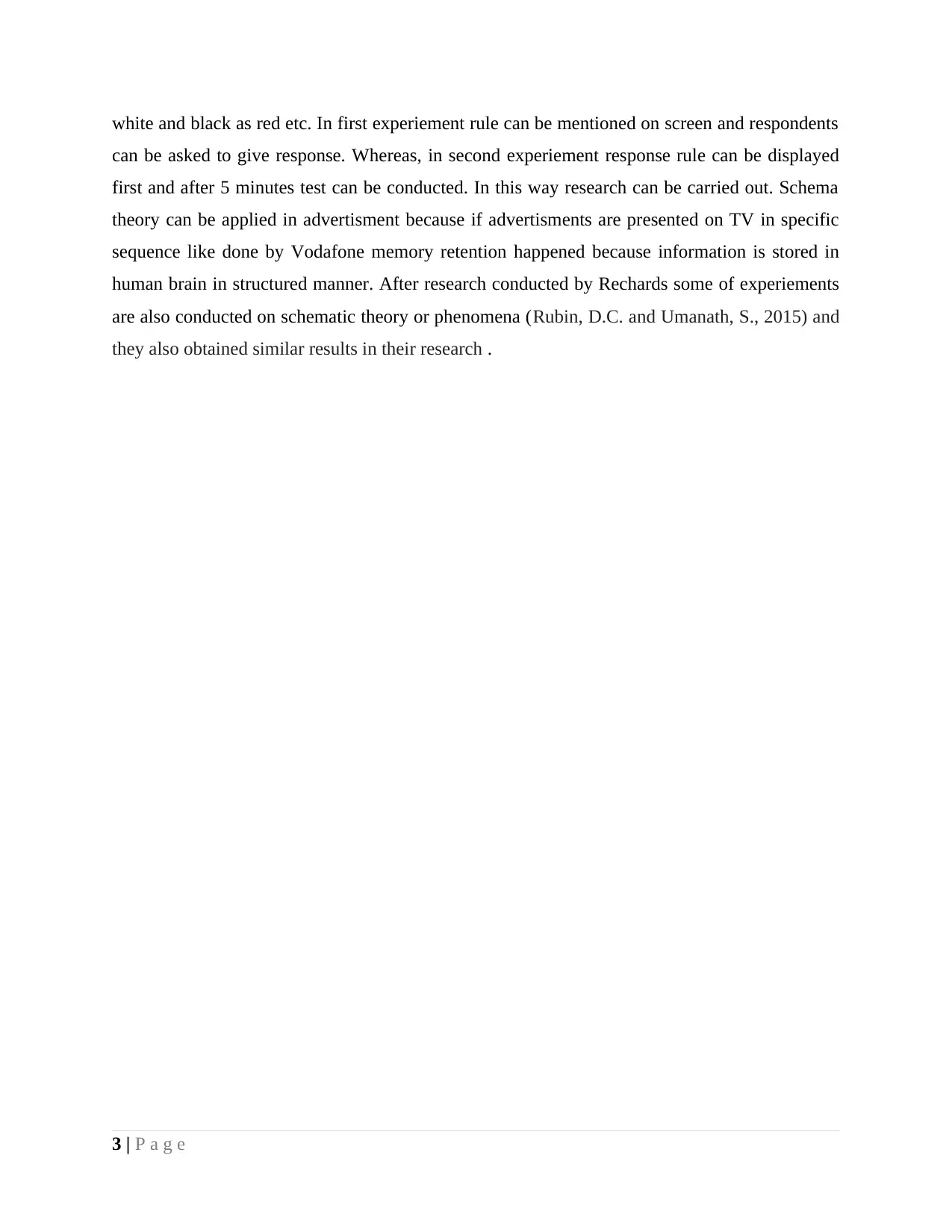
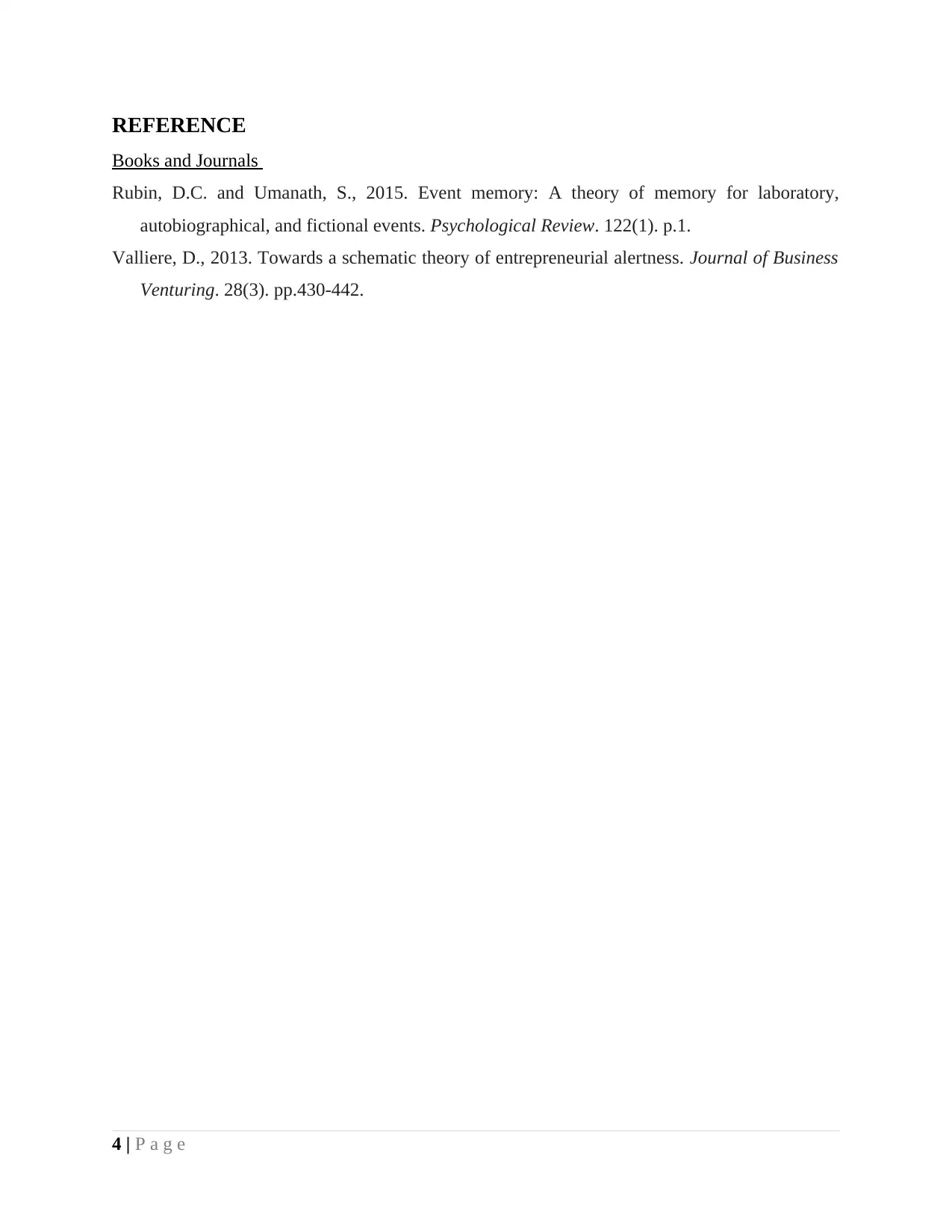
![[object Object]](/_next/static/media/star-bottom.7253800d.svg)